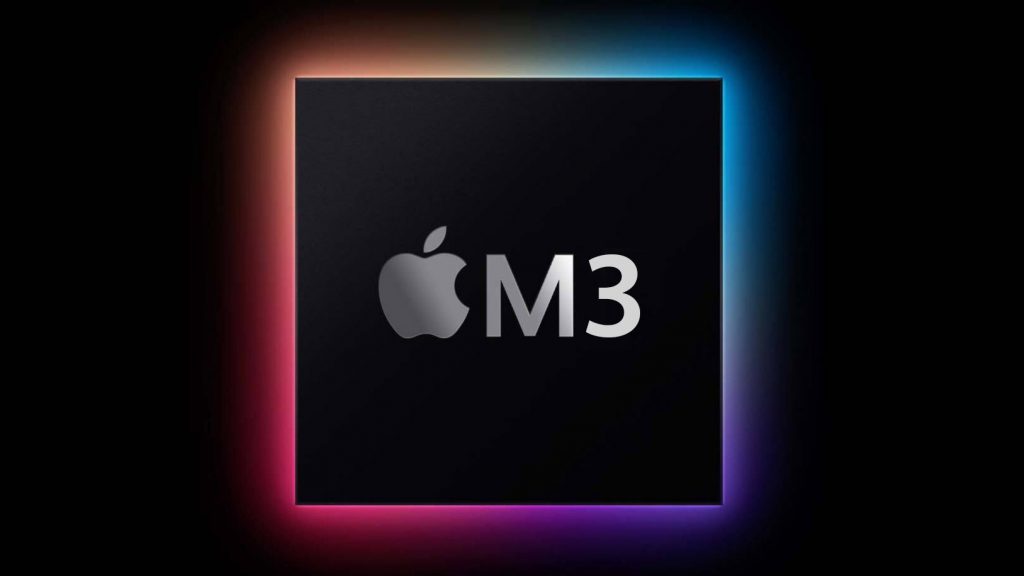Apple’s decision to recalibrate the distribution between performance and efficiency cores on the M3 Pro chip creates a challenging juxtaposition with its predecessor, the M Pro chips. Apple’s newly introduced M3 Pro chip presents itself as an anomaly within the context of an otherwise significantly enhanced MacBook Pro laptop. While catering well to those seeking a PC with enhanced capabilities for mundane office work and the ability to support more than one external monitor, the Apple Pro M3 Chip stands out for its commendable battery life. However, for individuals considering an annual computer upgrade, especially those already equipped with an M2 Pro or M1 Pro Mac, notable performance enhancements may only be available if they opt for the more advanced M3 Max.
M3 Pro vs. M3 Max – A Delicate Balance of Power
In a direct comparison of the 12-core M2 Pro & the M3 Pro, one might anticipate the latter to exhibit superior performance. Surprisingly, the M3 Pro does not outpace its older counterparts. For users transitioning from the 10-core M2 Pro, the performance-to-efficiency core ratio changes from six/four to the lowest-cost M3 Pro option, including 11 cores along with a split of five/six.
Nonetheless, the Apple Pro M3 Chip marginally outperforms the M2 Pro in publicly available benchmarks. While the differences in performance are not substantial, with single-core performance showing about a 15 percent improvement over the M2 Pro in tests conducted by Ars Technica, other scores indicate a comparable performance level.
A benchmarking video by YouTuber Luke Miani highlights the intentional limitations of the M3 Pro, which are its low performance and GPU cores compared to the last generation. Results from various sources, including YouTuber Jimmy Tries World, corroborate this, indicating almost identical overall performance between the M2 Pro and M3 Pro. However, the Apple Pro M3 Chip excels in battery life, aligning with the efficiency-centric composition of the silicon.
Navigating Apple Pro M3 Chip Landscape
This scenario suggests a strategic shift in Apple’s chip lineup, positioning the M3 Pro, although superior to the standard M3. The new updates introduce a more significant distinction between the high-end and “mid” (M3 Pro), potentially encouraging buyers to consider the Max variant, even if their requirements don’t necessitate it, with a starting price of at least $2,999.
The M3 Pro exemplifies an overall excel in design. Still, for those anticipating substantial year-by-year improvements to validate a new shopping. It might be prudent to await one more decade. Conversely, for individuals currently using an Intel Mac, this moment presents an opportune time to transition. While the M3 Pro may not represent a significant leap for most users compared to the regular M3, there are still appreciable performance gains, coupled with the added ability to connect two monitors.
Recommended:
Apple’s AirPods Only Work On The iPhone- Is It Truth Or Not?
Apple iOS 13.5 launched with alert support for COVID-19.
Like this:
Like Loading...









 Sony Svelte PlayStation 5 Unveils Its Peculiar Charm
Sony Svelte PlayStation 5 Unveils Its Peculiar Charm